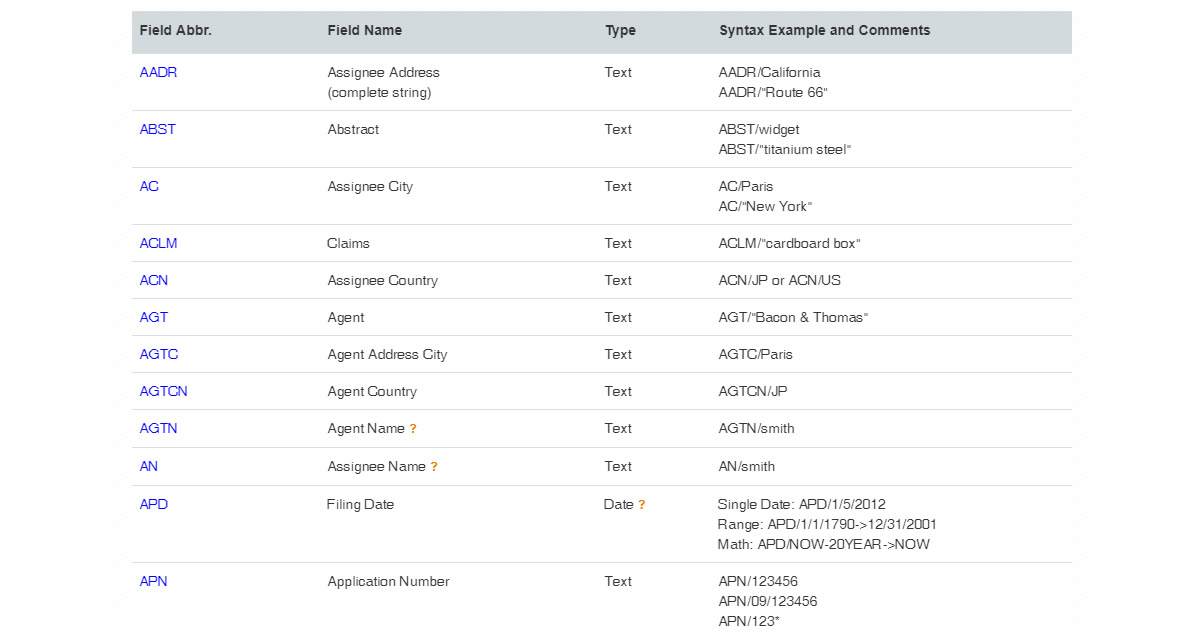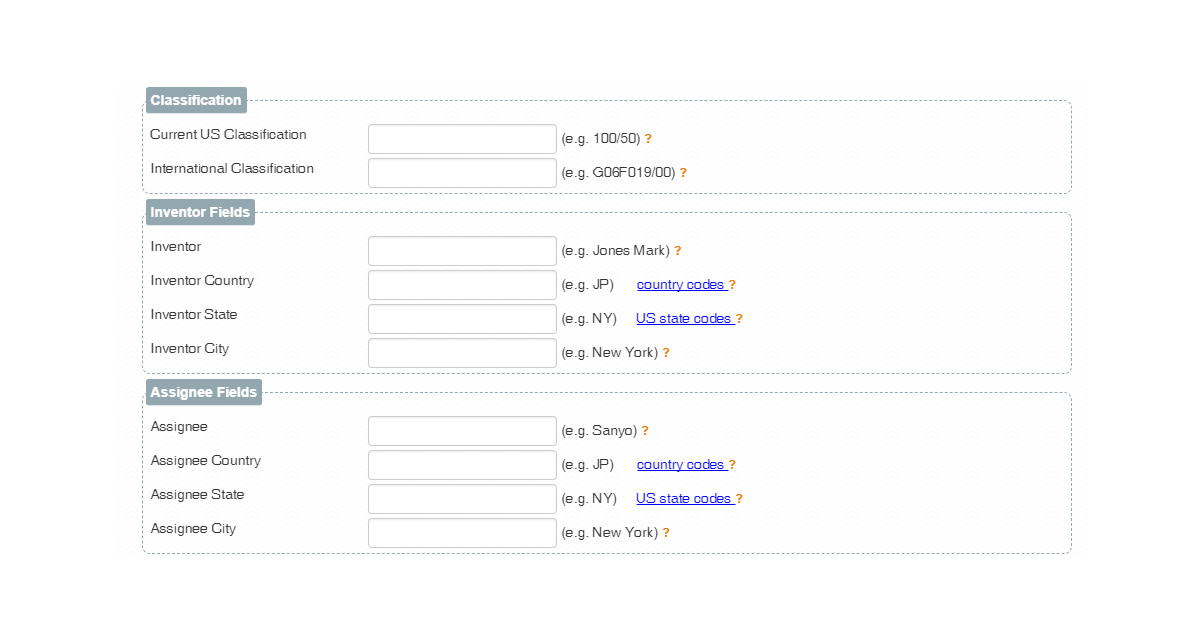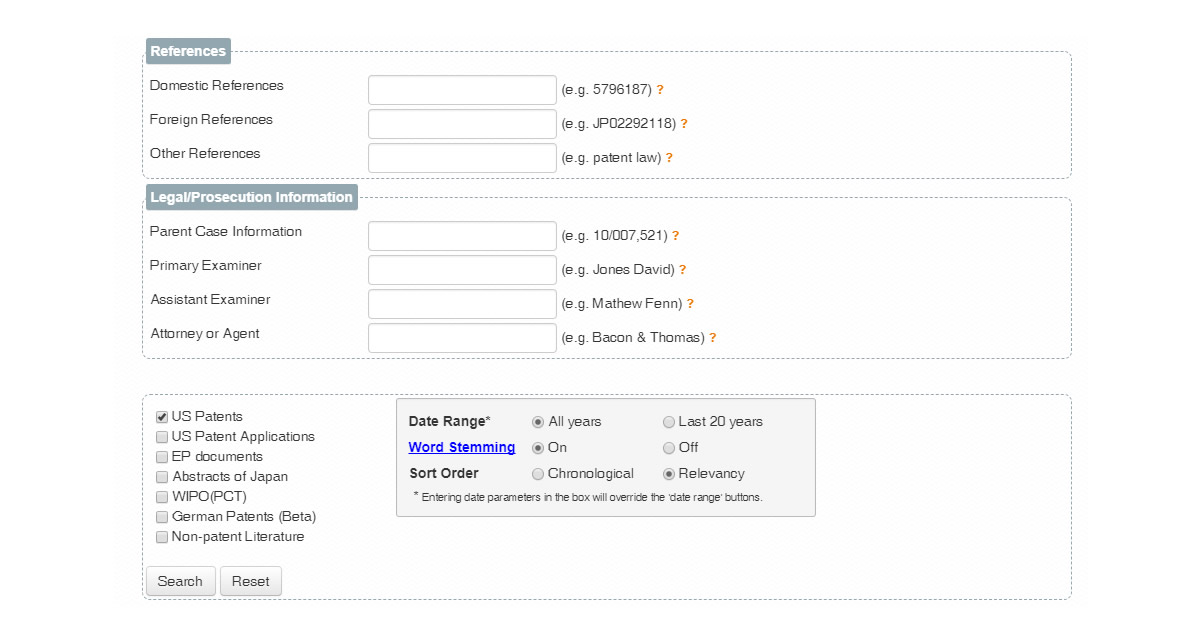PATENT ANALYSIS SOFTWARE
Existing commercial software is too hard to learn, too expensive, too slow and most of all, too difficult to get to meaningful decision-making information that makes money. Evolve from traditional complex month-long analysis projects to meaningful insights and actionable data today with AcclaimIP.
START IMMEDIATELY
We began the AcclaimIP project by completely re-envisioning every aspect of patent analysis. For example, AcclaimIP is a web application, but rather than feel confined to a browser window, it looks and feels more like a desktop or workspace area – our whole design philosophy was about simplicity and shortening the time to getting answers to your key patent analysis questions the first time you use the software.
Custom Data Services
CATALYST (and the CLOUD)
SumoBrain Solutions can provide full SAAS for all your database needs with one simple, cost-effective solution.
Catalyst (our cloud-like data management, search, and data analysis engine) handles the functions of an RDBMS, a full-text search, and an infinitely-scalable data analysis and parsing engine, reducing your licensing costs, development costs, infrastructure costs, while at the same time enabling you to turn your data into information in nearly any way you can imagine – and fast!
University Services
FreePatentsOnline (FPO) was developed in the classic mould of innovation – the “better mouse trap” – making patent research faster, easier, and more accessible than ever before. Further, it was built with the evolving model of the web and open access – FPO is responsible for much of the democratization of patent data, search, and analytics by bringing it to so many people – and doing so with professional standards (fast and accurate search, up-to-date data, feature-rich tools such as alerts, portfolios, and collaboration).
SumoBrain Solutions continues in this spirit in supporting the University and research communities by offering solutions that address their particular area of focus. From our advanced API and search engine (Catalyst), to data extracts, custom analytics, and other special projects, we continue to support the advancement of understanding and meaningful application of patent data, innovation patterns, and related data and information.
Help Center
What is a patent?
Legal Definition
A patent is a right granted to an individual or group (such as a corporation) which permits the grantee the ability to prevent others from making, using, or selling the invention described in the patent. A patent can be sold, or the grantee may give others permission to use the invention (generally in exchange for royalty payments).
There are three main types of patents: utility patents, design patents, and plant patents. Utility patents are patents on inventions which function in a new way or to provide a new result. A design patent, as its name implies, is a patent on the aesthetic design or ornamentation of something that already exists. A design patent is granted when the design in question does not change the functionality of the object, only gives it a novel appearance. Design patents primarily contain drawings. Plant patents are patents on types of plants that may be reproduced by grafts and cuttings. Note that patents related to genetic engineering of plants are normally considered utility patents. Utility patents are by far the most common type of patents, and are what people normally mean when they just say "patent".
A patent simply gives the owner grounds to prevent infringement through legal means. By itself, a patent cannot stop someone from making or using an invention; it simply gives the patent owner the right to take the person to court if they do.
What are the different pieces of a patent?
Patents have a fairly standard format. The top of the patent includes the name of the inventor, the entity to whom patent rights might be assigned (often an inventor assigns a patent to his employer if the invention was conceived as part of his work for that employer), the patent number, the date the patent application was filed, the date the patent issued, the classes and subclasses under which the patent was classified (for whatever classification system is used; normally the U.S. or European classification systems), and the classes the examiner searched when determining if the invention was novel.
The real substance of a patent consists of an abstract (a very brief summary of the invention), the claims (which legally determine exactly what the patent covers and what it does not), and a description. The description may contain several parts, including a section titled "FIELD OF THE INVENTION" (which puts the invention in context by briefly describing the field of technology or business to which the patent is applicable), the "BACKGROUND OF THE INVENTION" (which describes previous, similar inventions, and the problems which remained unresolved, setting the stage for why this invention is new and useful), the "SUMMARY OF THE INVENTION" (which then describes the current invention), the "BRIEF DESCRIPTION OF THE DRAWINGS" (which relates to drawings that are part of the patent), and the "DETAILED DESCRIPTION" (which can be extremely detailed, and talks about exactly how the invention works, refers to every diagram, and often attempts to broaden the scope of the patent by suggesting other ways that the invention could be used or implemented other than just what is presented in the figures).
Finally, near the top of the patent you will also see references to other patents, and sometimes some references that are not other patents (we refer to this as "non-patent literature"). These are the references that either were provided by the inventor (often as a result of a patent search), or found by the patent examiner. Ostensibly, they constitute the prior art closest to the current invention. (Hint – they can provide good leads for a patent search.)
What are Claims?
Claims are crucial, both for Validity and Clearance searches, and for writing your own patents. The Claims, and nothing else, are what determine exactly what material a patent covers. The BACKGROUND OF THE INVENTION may discuss all sorts of related technologies and inventions, and the DETAILED DESCRIPTION may suggest 101 different uses for, or implementations of, the invention. But, if it is not in the Claims, it doesn't count. (OK, that is a bit of an over-simplification due to the Doctrine of Equivalents and other legal issues, but if you understand those topics, you don't need to read this tutorial).
Patents have "independent claims" and "dependent claims". Dependent claims are those that refer back to a previous claim, and thereby may require that previous claim to be valid for themselves to be valid. For instance, let's use a fictitious bicycle patent. Claim 1 might read "A lighter, more aerodynamic design for a bicycle rim by using an oval cross-sectional shape". And Claim 2 might read "The rim of Claim 1 where the cross-sectional piece is formed from aluminum".
Thus, Claim 2 is dependent on Claim 1, because, as an extension of Claim 1, Claim 2 cannot exist without Claim 1. This is a very important concept in Validity searches, where it is a common strategy to attempt to invalidate mainly the independent claims, to potentially invalidate the dependent claims in the process.
When and how is a patent granted?
In the United States a utility patent is granted to the first inventor of a novel process, machine, article of manufacture, composition, or a "new use" of one of these. There is a three-part test which determines if an invention is patentable. The tests are:
-
Is the invention useful? (This is a very easy criterion to satisfy – any use will suffice.)
-
Is the invention novel? (The invention must be different in some way from previous inventions.)
-
Is it "unobvious?" (This test is perhaps the most subjective. It is determined by asking the question "Would a person with ordinary skill in the area of the invention, and possessing complete knowledge of the prior art, consider that the invention provides new and unexpected results?")
Design patents are granted based on similar criteria. However, the invention, rather than being useful, must be ornamental, and cannot change the functionality of the item. Note that different countries have different laws. The United States operates under a "First to Invent" system, while most other countries use a "First to File" system.
Who was first?
Remember that we said a patent may be granted to the first person to invent something (at least, under the First to Invent system). But how do you know who was first? In the United States, when two or more Inventors claiming essentially the same invention file applications, a proceeding called an Interference is conducted to determine who the first inventor is. The first inventor must be able to prove his case with appropriate evidence like laboratory records, logbooks etc. Therefore, even if the person who filed later is found to have invented earlier, he would be considered the first inventor. This is where an extremely important concept in patents becomes important: the Priority Date. The priority date is the earliest date that the inventor can prove he conceived of an invention (it actually gets a bit more complicated than that, but that definition will suffice for our purposes).
How does an inventor prove when an invention was first conceived? Well, this can get complicated if an argument of priority dates goes to court. They might consider all kinds of evidence, including witness testimony, lab notebooks, etc. But for most purposes it is simpler than that.
In general, the priority date is going to be the date that the patent application was filed. But, there are exceptions (and they are not infrequent – so be sure to check). These exceptions occur in a variety of circumstances including if a provisional application (which is a simplified application, largely designed just to prove an earlier priority date) was filed before the actual application, if the invention was first patented in another country (the inventor then gets to claim the priority date from the application he filed in the other country, since that proves the invention was invented earlier), or if the patent is a family member stemming from a Continuation in Part or a Divisional Application (in which case the new application normally gets to claim the priority date of the parent document).
So, hunt around at the top of the patent a bit. If you see dates listed that pre-date the application, or if information is present which indicates a Continuation in Part or a Divisional Application, the priority date is probably not the application date. Never, ever, assume the date the patent was issued is the priority date. You will always be wrong.
Understanding how to determine the priority date is very important in Validity Searches, as only prior art that pre-dates the priority date of the patent in question is relevant.
When does a patent expire?
This is not necessarily a clear-cut issue, but it is very important to understand for some types of patent searches and licensing issues, so read carefully:
-
U.S. Patents filed after June 8, 1995 expire 20 years from the date of filing.
-
U.S. Patents filed prior to June 8, 1995 expire 17 years from the date of issue, or 20 years from the first non-provisional patent application in the family – whichever is later.
Number 2 is a mouthful there. When we say "the first non-provisional patent application in the family" what we really mean (most of the time) is just "the application." But, we have to put it that way to be accurate, because Continuations-in-Part muck things up (you'll hear about them later).
Knowing how to calculate the expiration dates of patents is extremely important when conducting Infringement searches, because you only need to worry about patents that have not expired (which are referred to as being "in force").
Correcting errors in a patent?
A request for correction of errors can be filed with the USPTO,
Correction before application is published
If a patent application has been assigned a projected publication date, the private side of PAIR can be used to submit corrections to the bibliographic information, instead of mailing in a request for a corrected filing receipt. The request for correction should be submitted more than twelve weeks before the application is published. In the private side of PAIR, the applicant should select the Publication Review button and then the Request Data Change button on the screen. The instructions will then appear with a data entry box in which the changes can be inserted. Once the change has been confirmed, the Transmit Request button should be selected and the information will be electronically sent to the USPTO. Applicant may only submit a request through PAIR to request correction of inventor information consistent with the inventor information reflected in the patent application file.
Note: Private PAIR is available to applicants who have a customer number associated with the correspondence address for an application and who have acquired the access software (Entrust Direct Software and a PKI certificate). To register with private PAIR, see uspto.gov/ebc/portal/infocustomernumber.htm
Correction after application is published
If a patent application publication has a USPTO error, the applicant can submit a request in writing which should include a copy of the patent application publication with the errors marked and identify the page and line number of the originally filed application where the information was correctly submitted. The request for correction to a patent application publication must be filed within two months from the date of the patent application publication. This period is not extendable.
Only errors that are material will be corrected. Examples of material errors are missing claims, missing pages of specification or missing pages of drawings. Errors in assignment information or missing assignment information, missing section headings or minor typographical errors will not be corrected by the USPTO.
Correction after patent is granted
When the printed patent does not correspond to the record in the USPTO, a certificate correcting a clerical error will be issued by the USPTO without any charge. These are mostly corrections of typographical errors made in printing. If the applicant makes the typographic error, a fee is charged for issuing a Certificate of Correction. Certificates of Correction are used to correct typographical errors and misspellings in patent grants and trademark registrations but cannot be used to add new matter. If the patentee wishes to disclaim one or more claims in his/her patent, a Disclaimer can be filed in the USPTO. If a patent is found to be defective in certain respects, the patentee can apply for a Reissue Patent. A reissue patent is issued to replace the original patent and is granted only for the balance of the unexpired period. New matter cannot be added in a reissue patent.
Patent Maintenance Fees
Utility patents are subject to maintenance fees that are required to maintain the patent in force. See the following USPTO related links:












